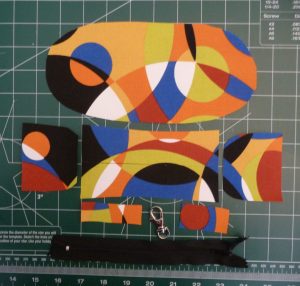Handwashing dishes? Worried about the ecological impact of plastic sponges? Here are 2 diy alternatives to help you reduce and reuse. This is a diy kitchen sponge project review.
Introduction
Many natural fibres can be composted when they’ve reached the end of their useful life. Man-made and synthetic fibres can’t be, but it may be possible to upcycle or reuse these materials. Creating your own diy dish scrubbers and diy kitchen sponges is one way to extend the life of fabrics.
Zero Waste Dish Scrubbers by A Rose Tinted World
This dish scrubber is made from quilting weight cotton fabric for the gentle side, cotton flannel or towelling for the middle and muslin, waffle or burlap for the scrubbing side. I used quilting weight cotton, 4 layers of thin towel, and burlap. All were from my scrap pile.
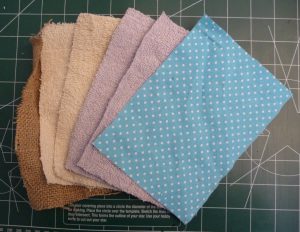
I machine basted my towelling together then sewed all the layers together according to the tutorial. Even though my towelling was thin, 4 layers ended up being too thick to easily turn or top-stitch.
Here are some photos of my finished dish scrubber.
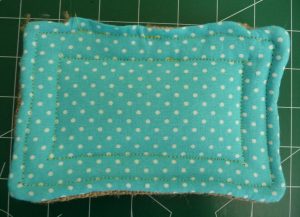
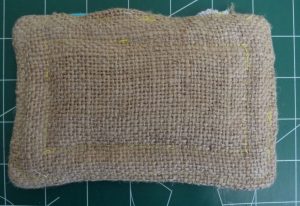
When sewn with 100% cotton thread and made with 100% cotton, this kitchen scrubber is compostable. It did a great job hand washing my dishes and small amounts of caked on food were easily removed with the burlap side. The 4 layers of toweling made it difficult to squeeze out excess moisture after I washed some dishes. It took over 24 hours for this scrubber to air dry. I imagine lots of bacteria growth inside. Using either flannel or 2 layers or toweling (as recommended) should remedy this issue and I look forward to sewing additional DIY Kitchen Sponges with this modification. Alternatively, this scrubber could be machine washed and dried between uses.
Zero Waste Kitchen Sponge by Happiest Camper
This kitchen sponge is made from quilting weight cotton fabric for the gentle side, polyester batting for the middle and tulle or netting for the scrubbing side. I used quilting weight cotton, batting remnants from my t-shirt quilt donor quilt, and polyester netting from my backpack making projects. All were from my scrap pile.
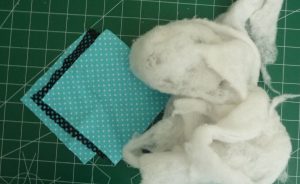
I sewed my fabric layers together according to the tutorial. I overfilled my kitchen scrubber and wasn’t able to top-stitch it.
Here are some photos of my kitchen scrubber before I closed the turning gap.

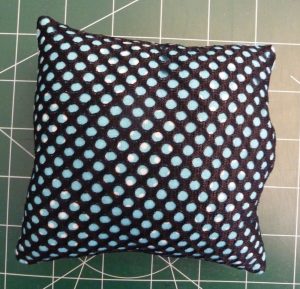
When sewn with 100% cotton thread and made with 100% cotton (including the batting), this kitchen sponge is compostable. It did a great job hand washing my dishes and small amounts of caked on food were easily removed with the netting side. It air dried in about the same amount of time as my usual plastic sponge dish scrubber so I suspect a similar amount of bacterial growth between uses. This kitchen sponge has the added benefit of being machine washable and dry-able between uses.
Conclusion
I like both of these diy kitchen sponges and look forward to sewing more in the future. Burlap and netting are gently abrasive without harming any of my dishes or cutlery. I’ll be using burlap for the scrubbing side of both types of sponges as I have more burlap than netting. Composting my sponges when they’ve reached the end of their lives is appealing, but not always possible. Polyester quilt batting scraps can’t be composted or recycled so I’m glad to find a way to reuse them. Both projects help reduce the amount of materials that I’m contributing to the landfill.
Have you sewn a diy kitchen sponge? Have you used a zero waste kitchen sponge? Did you like this diy kitchen sponge project review? Comment below and/or Pin me for later!
Tanya
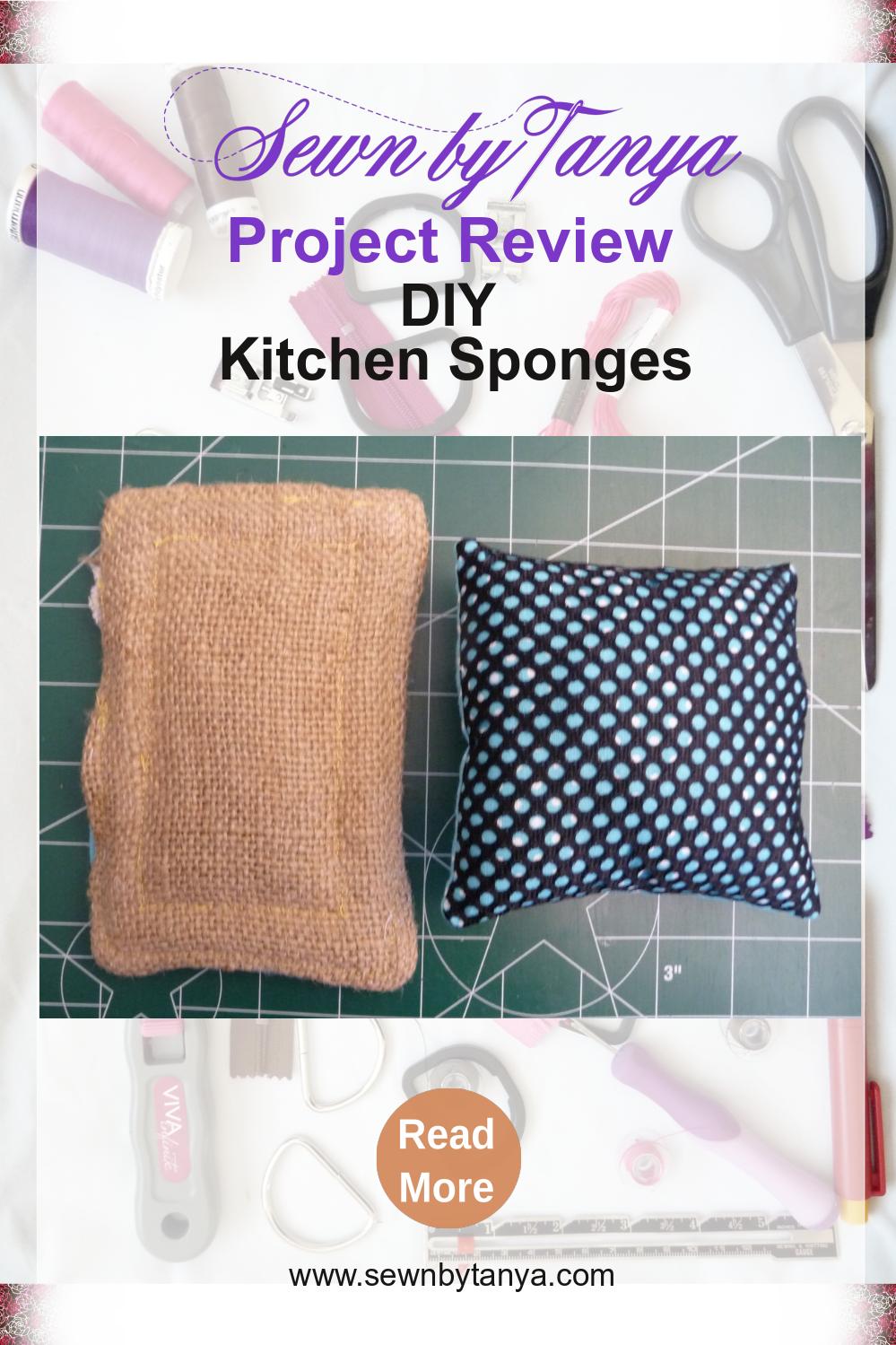
Help support Sewn By Tanya
If you love what I do, have learned from reading my blog, and/or want to support my work financially, consider becoming a Sewn By Tanya patron. Your monthly donation of $1 or more will help Sewn By Tanya grow and expand. A minimum $6 per month gives you access to Sewn By Tanya Patreon only content. There’s so much I’d love to do and you can help make it happen.



